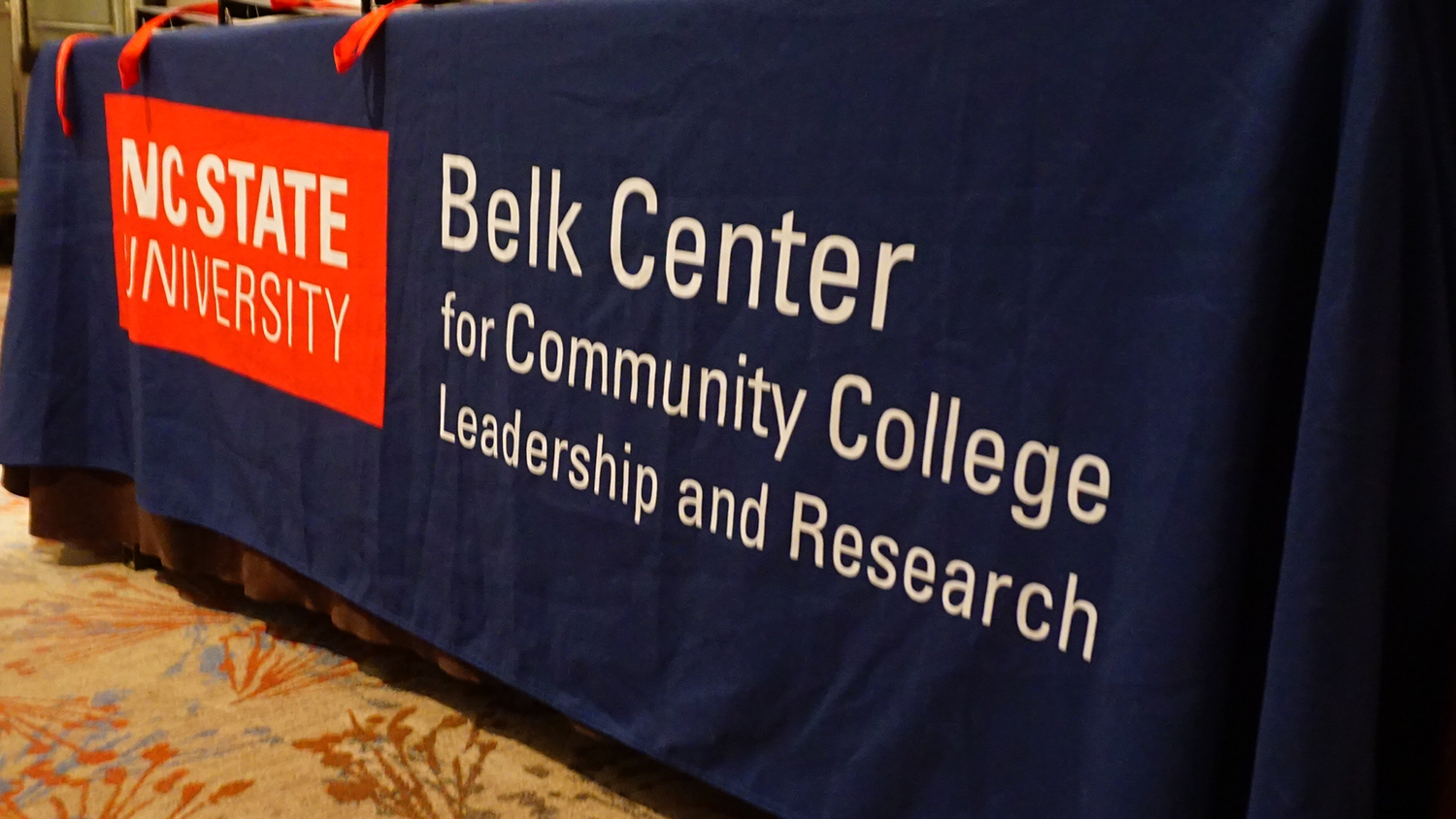A new study led by a North Carolina State University researcher reveals lessons about how award-winning instructors design and deliver online “bichronous” courses, which blend elements of real-time synchronous instruction, and self-paced, or asynchronous, activities.
The Abstract spoke to lead author Florence Martin, professor of learning, design and technology at NC State, about the findings, which were published recently in The Internet and Higher Education.
Martin spoke about the strategies gleaned from interviews with 12 online instructors for the design and facilitation of bichronous courses, and also how instructors are assessing what students are learning in them:
The Abstract: What is “bichronous” learning, and is it common?
Martin: Bichronous instruction is still very new. It’s a term used to describe instruction that combines synchronous online learning, where students and instructors meet live online at a specific time, and asynchronous online learning, where students work at their own pace using recorded videos, discussion forums and other tools. Asynchronous instruction is popular because of its flexibility, but there might be instructors who are doing a lot of synchronous because they might think it’s the only way to do it. Others might be teaching bichronously online, but they might not advertise it that way. For example, sometimes, students are taking an asynchronous class, and they’re surprised to find there are one or two synchronous sessions. The term “bichronous” comes in because it helps set expectations for students and helps instructors focus on blending.
TA: What were some of key strategies that you found award-winning teachers were using in designing these courses?
Martin: We interviewed 12 instructors who had won an award for bichronous online teaching. We were curious how they were blending synchronous and asynchronous online modalities, and we found mostly they all started with asynchronous. So students had to go in and do some work before the synchronous sessions. The instructors also talked about not adding too many functionalities at the same time, so adding activities in slowly when you are blending. Another key takeaway was that scheduling any synchronous sessions in advance was particularly important, especially when you have students living across different time zones.
Also, these teachers talked about making sure the synchronous sessions have a purpose. So, you don’t want to use it to just lecture; you want to build on what you already taught students in the asynchronous lessons. For example, some used the real-time sessions for introductions, ice breakers or getting to know each other sessions. Others used them for virtual office hours, to provide feedback or answer questions.
If you are planning to lecture, you don’t have to do that in a synchronous session. You can record it, and include it in the course. For example, in one course, a teacher was working on coding, and used the synchronous session to work on the debugging.
The response was also higher when they built in interactive components. So, if you do a short, 10-minute recording, and then give an activity that will build on the lesson or apply it, then there is more learning and engagement happening. It’s more focused on student-centered instruction, where you build in meaningful activities, whether it’s through individual or group activities.
TA: Was there anything that they did to make sure students actually watched recorded sessions or joined synchronous sessions?
Martin: Some instructors gave participation points if students logged into the synchronous sessions. There was an instructor who required students to take a quiz if they didn’t watch the recording. Another instructor offered multiple synchronous sessions each week so students could join at a time that worked for them. I saw strategies like that being used.
TA: What were some of the recommendations for the asynchronous sessions?
Martin: One main recommendation is that if you’re doing discussions asynchronously, the instructor is still actively facilitating it. Sometimes instructors might think, “I’ve designed the course, I’ve opened it, the course will carry itself.” But the instructor has to be an active facilitator, providing periodic announcements and timely and regular feedback. That’s very important in an online setting because the students are separated from the instructor. It’s hard for them to progress to the next level if they don’t hear back. In addition, these teachers also talked about using rubrics so students know exactly what the expectations are.
TA: Where there any main takeaways that you would point to for teachers?
Martin: Don’t compare synchronous and asynchronous modalities. Instead, focus on the benefits of both modalities. One is not better than the other. Bringing these two modalities together can make a difference and maximize learning and engagement.
This post was originally published in NC State News.
- Categories:



